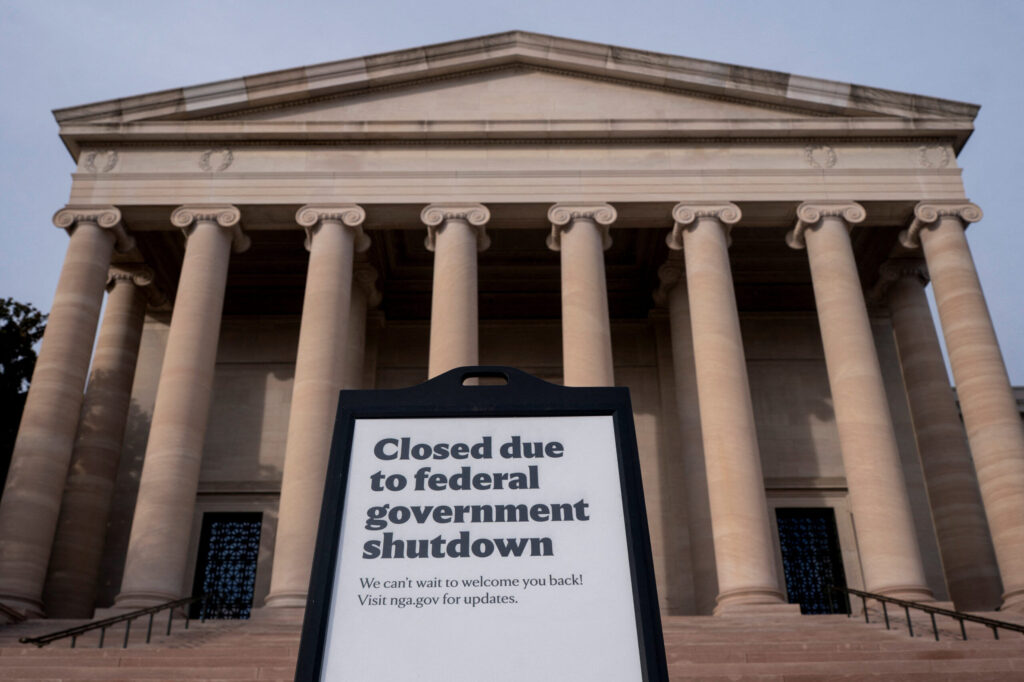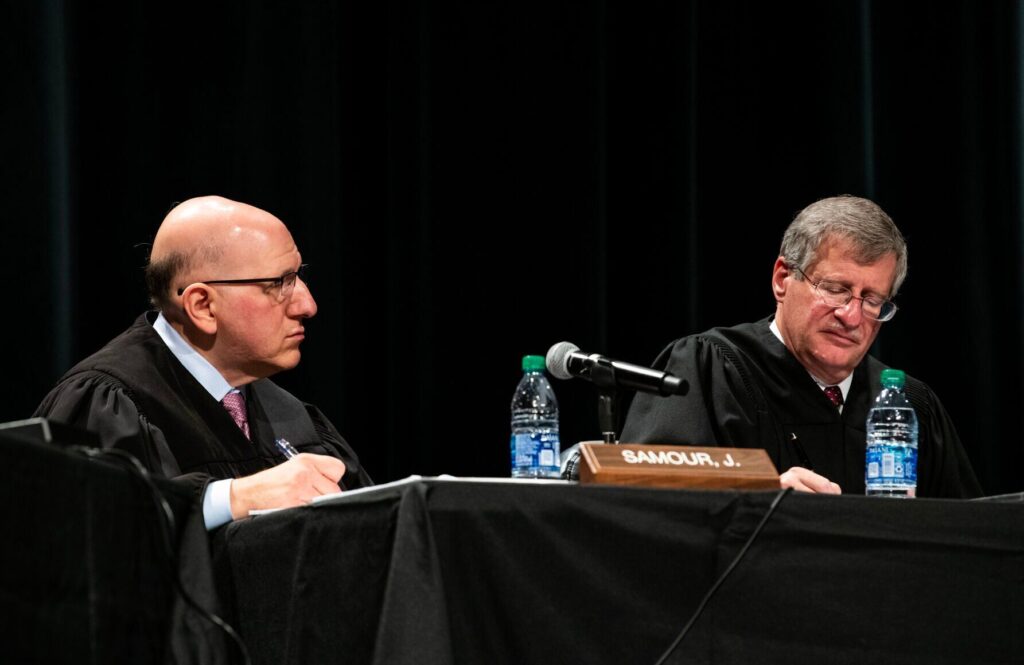Low participation on 2021 Healthy Kids Colorado Survey fails to yield data for El Paso County

For the second time, not enough El Paso County secondary students took a voluntary, confidential survey that asks about eating habits, substance use, sexual activity, suicidal inclinations, bullying and other personal health questions, to gather a large enough sample to produce a statistical data set.
While that leaves El Paso County Public Health somewhat “blindsided,” said Director Susan Wheelan, the department will use statewide results along with information from the county’s data and analytics office to develop future community health plans for youth.
“Data drives our efforts in local public health, and having insights to put action together that will improve community health is critically important,” she said. “But we won’t be starting at zero.”
The Colorado School of Public Health at the University of Colorado Anschutz Medical Campus in Aurora administers the Healthy Kids Colorado Survey statewide in the fall of odd-numbered years.
The Colorado Department of Public Health and Environment released 2021 results on Wednesday.
El Paso County was one of five regions containing 13 counties to have results suppressed because “the overall response rate of sampled schools was insufficient to be considered representative of youth who attend public schools,” said CDPHE spokeswoman Vanessa Bernal.
Results for 16 regions encompassing 51 counties were made public.
Individual schools in El Paso County that did participate received their student data, Bernal said, but the statistics are not available to the public.
Statewide findings show the tumult of the COVID-19 pandemic continues to have juxtaposing effects on the lives of the 106,800 teenagers who completed the survey.
While feelings of depression and stress seem to be lingering, a lack of ability to get their hands on marijuana, alcohol, cigarettes, vaping products and drugs, coupled with increases in the perceived risk of harm by daily use of substances, led to decreased use of such substances among adolescents.
The survey became controversial and took on a political nature when low participation first occurred in El Paso County in 2015.
Some parents said the questions were too invasive into family life and inappropriate for adolescents. They also doubted the confidentiality of the survey, which is filled out online at school.
The same reasons appear to be a factor in El Paso County’s high opt-out numbers in 2021. Of seven high schools eligible for survey sampling, only two participated, yielding an overall response rate of 15%, according to the survey results.
Suicide prevention in El Paso County moves to next level, calling on everyone to help reduce deaths
Reports circulated across El Paso County last fall of parents being encouraged not to have their children take the survey, said Devra Ashby, spokeswoman for Colorado Springs School District 11.
“We always give families the option to opt in to take it or not, and they always get notification of when it’s going to be administered, and they have the process of opting their kids out,” she said.
“Much like the challenges we face with state testing, the participation really varies.”
Academy School District 20, El Paso County’s largest with 26,400 students, has never participated in the survey, said spokeswoman Allison Cortez.
District leaders considered offering it to students last year but tabled the idea, she said, partly due to the pandemic’s ongoing impact on schools.
“One of the things we realized is if it wasn’t mandatory, people weren’t doing anything optional because they didn’t have the bandwidth,” Cortez said.
D-20 officials in the past heard concerns from parents that the nature of the survey questions were too intrusive, she said.
“Because of that, we said we need to do more due diligence with our community to make sure they understand why we might be doing this and feel more comfortable with it,” Cortez said.
The subject remains on the docket for discussion, she said.
Wheelan also cites the pandemic as having a role in schools and students forgoing the survey last fall.
Public outreach before the 2017 survey helped boost numbers in that year, Wheelan said, which her department will undertake for the 2023 administration.
El Paso County has mirrored statewide trends in previous surveys, said Epidemiologist Fadi Youkhana. He expects it’s the same case this time.
Red flags, such as 22% of youth trying electronic vaping before age 13, will be studied for determining local prevention programs, he said.
The survey also “points to the need to support and increase protective factors for youth of color and LGBTQ+ youth,” the state health department concluded from the findings.
Lesbian, gay, bisexual, transgender and questioning students need trusting adults in their lives – an important protective factor in helping kids make healthy life choices – but they are less likely to have strong support systems, said Liss Smith, spokesperson for Inside Out Youth Services, which provides programs for LGBTQ+ youths.
Colorado’s pediatric mental health crisis continues, professionals say
Teens report being bullied by their peers and hearing homophobic remarks or misuse of pronouns from staff and teachers at school, Smith said.
“We’re seeing a lot of adults assuming they know what’s best for young folks,” she said, “and think it’s important to bring a parent into a gender plan or if a young person wants to change pronouns.”
LGBTQ+ kids “just want to have a normal life where they can exist in a space that was built for them, so they don’t have to exist in a space they have to change into,” she said.
Suicide attempts were higher among the population compared to their peers: 20% of bisexual youth, 18% of gay and lesbian youth, and 11% of asexual youth attempted suicide in the past year, compared with 4% of their heterosexual peers.
Free sports registrations expanded in Colorado Springs to promote physical, mental wellness
“There’s a huge pushback against people who come out of the closet, so to speak,” Smith said. “There’s so much vitriol that tries to invalidate a young person’s identity.”
Smith believes some schools and parents are “afraid of the questions,” on the survey, which is why they won’t let their children take part.
“It’s the antithesis of what we want to see, when it comes to youth health,” she said.














